Château Figeac 2010 Saint-Émilion Grand Cru Classé 92+
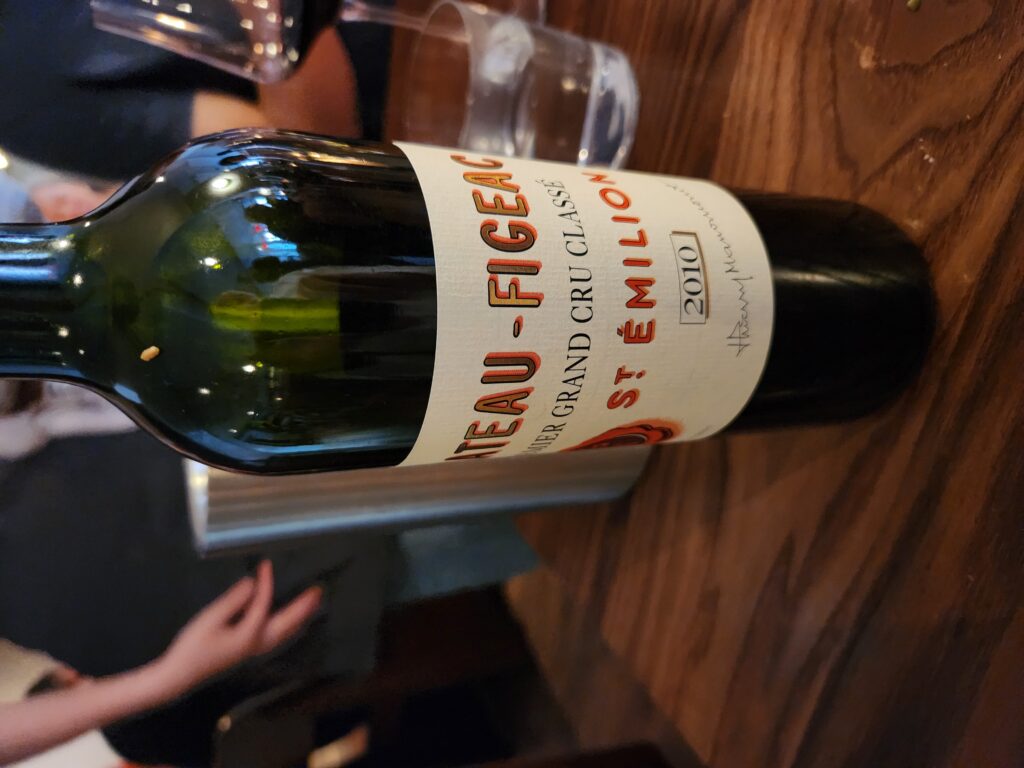
by Robert Millman
A few days ago, thanks to the generosity of my friend Ed Kasselman, four of us were able to drink a pristine bottle of the highly regarded 2010 Château Figeac. Figeac may the most singular wine made on the right bank of Bordeaux. That singularity can be traced back to the unique terroir of the vineyard which favors a variety which until recently played a very minor role in St. Emilion and neighboring Pomerol: Cabernet Sauvignon. Much of the vineyard is built on unique fine, gravel-based soils. This terroir is uncommon in the Right Bank with its gravel, quartz, iron, clay, and sand soils.
Everyone who has tasted Figeac en primeur or just after bottling has experienced a tannic structure which is radically different from its more famous neighbor, Cheval Blanc, as well as most other wines from St. Élmilion. Figeac is slow maturing and ages seemingly forever. A few years after the death of its proud owner, Thierry Manoncourt in 2010, Michel Rolland was asked to consult and make adjustments in fermentation and vineyard management. This paid dividends with the 2015 which seemed to usher in a new era for the property which has been laboring in the shadow of Cheval Blanc since the turn of the twentieth century. Ironically, Rolland who is regarded as Mister Merlot in many circles, perhaps unfairly, did not recommend an increase in Merlot planting at Figeac. In fact, the Cabernet Sauvignon is now 35% of the blend up 2% from pre-Rolland blends at Figeac. Currently the proportions are 35% Cabernet Sauvignon, 35% Cabernet Franc and 30% Merlot—the lowest percentage of any Château in St.Émilion.
Now onto the 2010. I have not tasted the wine in years. It is now 10 years in the bottle which is just the beginning of drinkability for a wine as self-contained as Figeac. In researching this essay I could not help but notice that both Steve Tanzer and Ian D’Agata give the wine rather low scores in its early days. Of course, more recent reviews have been far more enthusiastic. From my perspective the wine retains much of its primary characteristics: The tannins are still bristling with edginess which cover the fruit and the minerality. The core of the wine is impressive in its dark plummy/cherry/tobacco concentration which tells the taster that there is much to admire about the wine. The balance, however seems less than ideal to me. Will another decade of aging change this significantly? My hunch is no. There seems to be a consensus that starting with the 2015, Figeac has become friendlier and less resistant to the palate. There have been significant changes at Figeac and most have been aimed at mitigating the forbidding aspects of its terroir. I hope this is true. This is the lowest rating I have given to a wine of exalted reputation. The + is for the possibility that I may be wrong about the effect of further aging. Drinking Window: 2030-2040.
Domaine Ponsot 2007 Clos de la Roche Cuvée Vieilles Vignes 99
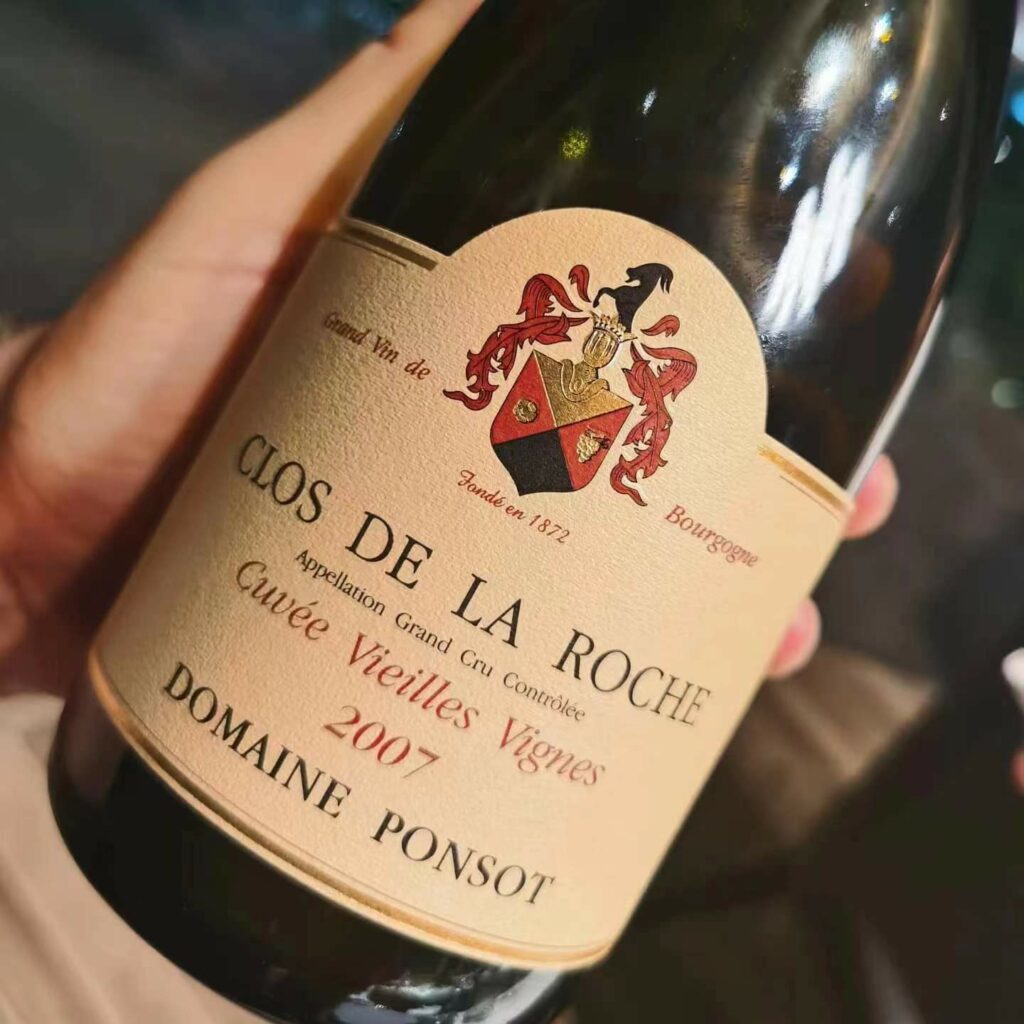
by Ian D’Agata
You the old adage of “There are no great old wines, just great old bottles”? Well never has that message been driven home to me better than with the most recent bottle of the Domaine Ponsot 2007 Clos de la Roche Cuvée Vieilles Vignes that I opened at dinner with friends just a week ago or so. A wine that I have been lucky to have at least a dozen times over the years (it’s always good when you bought a few bottles upon release and your friends did the same), it’s safe to say I have never had a bottle of this wine as good, magnificent really, as this last one. Call it magic of the stars or a super-flower day or a cork that just did its job properly, or whatever, but it was just a magical drink.
Bright luminous red-ruby. Remarkably deep and complex nose of red cherry, raspberry, blueberry, soy sauce, roasted venison, sandalwood, aromatic herbs, licorice and allspice, all lifted together by a strong perfumed note of violet. The similarly deep and complex in the mouth, with a multilayered quality to the red and blue fruit flavours that are nicely supported by noble tannins and extended on the perfumed, rising finish by harmonious acidity. There’s a truly wondrous balance to this amazing red Burg. Notes of black truffle and minerals that hit late only add to this wine’s undeniable magic. William Ponsot founded the winery in 1872, while Hyppolite Ponsot began estate-bottling in 1932 (a true pioneer): today the estate is run my Marie-Rose Ponsot helped by her capable technical director Alexander Abel. It is safe to say this wine will make anyone in the Ponsot family and staff, both past and present, incredibly proud. Ad so it should. Drinking window: 2023-2035.

 中文
中文
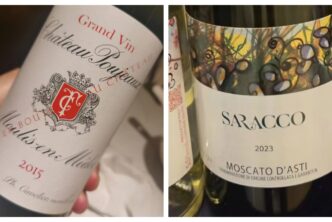
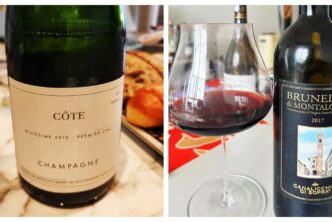
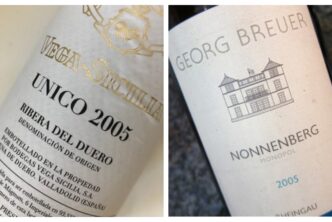

Can I simply just say what a comfort to discover somebody who really understands what
they’re discussing on the internet. You actually know how to bring a problem to light and make it important.
A lot more people have to look at this and understand this side of the story.
It’s surprising you’re not more popular given that you
most certainly have the gift.
Thank for the positive note. We are certainly trying to do our best. Many wine importers and wineries are using our scores; sommeliers and other wine professionals are giving us a lot of positive feedback. Our subscriptions are increasing steadily. And so we look forward to reaching more and more passionate wine professionals and lovers in the near future. Thanks for your support, cheers!